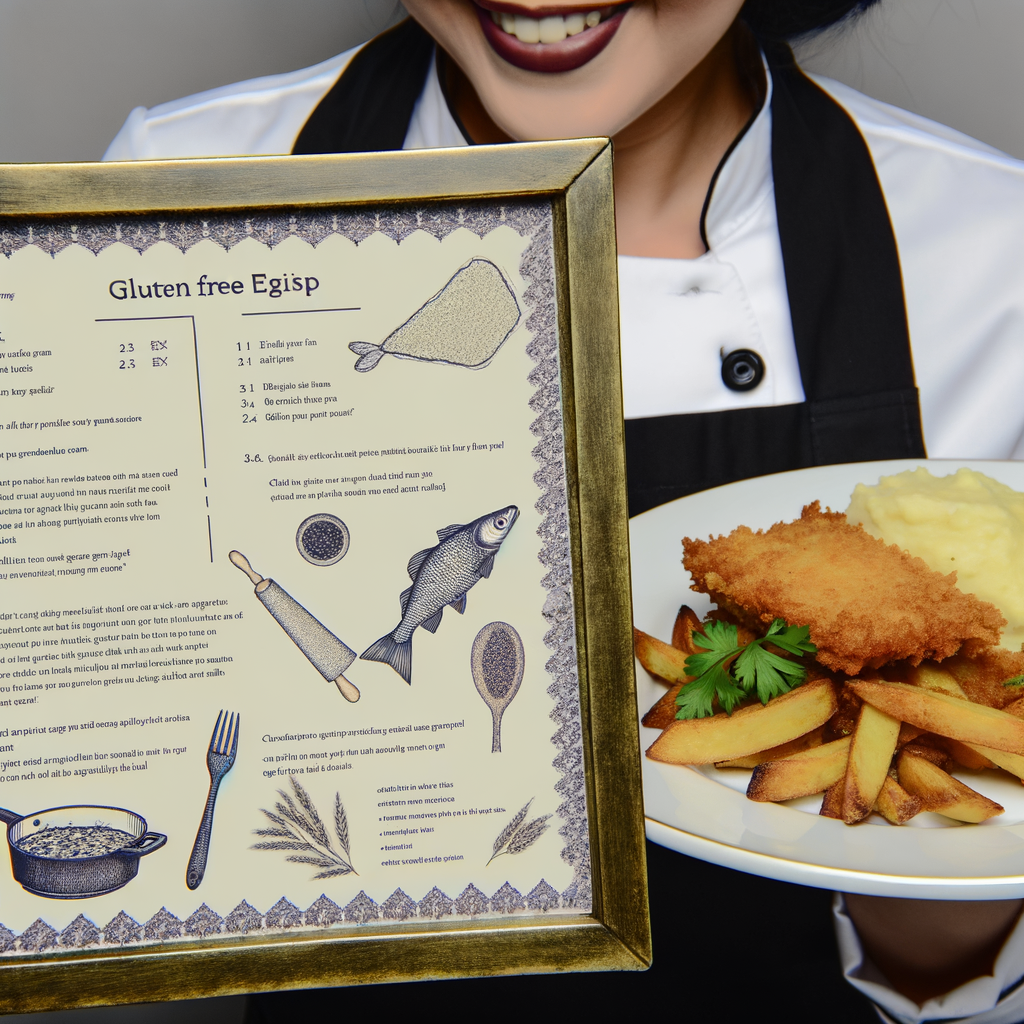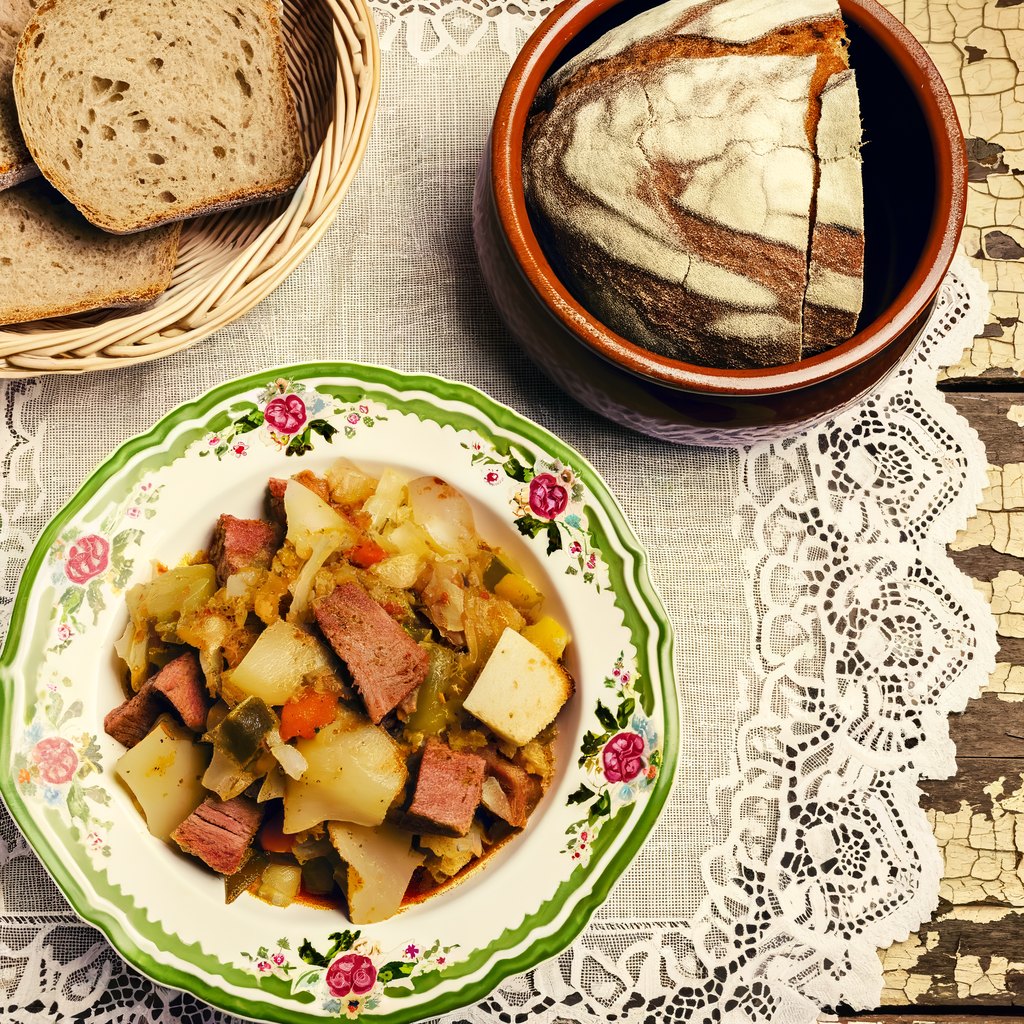As a chef, it is important to understand and cater to the dietary preferences of your customers. One of the most common dietary restrictions is gluten-free. Gluten is a protein found in wheat, barley, and rye, and can cause discomfort and health issues for those who are sensitive to it.
To accommodate those who are gluten-free, it is important to have a variety of options on your menu. This includes dishes that are naturally gluten-free, as well as substitutions for dishes that typically contain gluten. For example, instead of using regular flour, you can use almond flour or coconut flour in your recipes.
It is also important to be aware of cross-contamination. Even a small amount of gluten can cause issues for someone with a gluten intolerance. Make sure to use separate utensils and cooking surfaces when preparing gluten-free dishes.
But catering to dietary preferences goes beyond just the food. It is important to communicate with your customers and make them feel comfortable. Be open to questions and provide information about the ingredients in your dishes. This will help build trust and make your customers feel confident in their choices.
Finally, be creative with your gluten-free options. Don’t just offer a plain salad as the only gluten-free option. Experiment with different flavors and ingredients to create delicious and satisfying dishes that everyone can enjoy.





